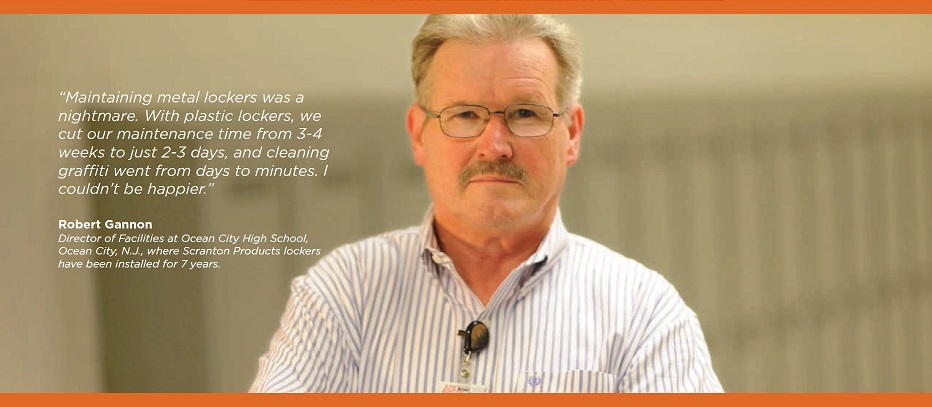When it’s time to replace your school’s lockers, there are a few factors that you need to consider. Low cost and highly durable lockers should be at the top of your list. But are you making the right choice with your lockers?
While metal lockers have been the gold standard for generations to keep their books and bags tucked away during the school day, it’s certainly time for a change. You can easily find cost effective and durable school lockersfor sale that are improved upon the standard metal and steel lockers.
Find a dealer near you!
A Highly Durable Replacement
When you’re looking for a cost effective replacement, don’t continue to spend your money on the same metal lockers. Instead, invest in a newer material like HDPE (high-density polyethylene). This solid plastic has been used for lockers in schools across the country with positive results. There are many factors that make HDPE a more versatile and cost effective material. The number one being that they’re low maintenance when compared to metal lockers.
Metal lockers may seem durable, but their thin surface makes them susceptible to dents and scratches. HDPE and its solid plastic design is actually resistant to dents, scratches, and even graffiti. When graffiti appears on a metal locker surface, the locker needs to be repainted, resulting in the cost of paint and the risk of VOC (volatile organic compounds) emissions in the air. HDPE, however, doesn’t need to be repainted. The graffiti can simply be wiped away without you having to worry about the cost of paint or the harmful chemicals seeping into the air.
Smart & Sustainable
Choosing a locker isn’t only about choosing the best material for the job, but also choosing a material that’s going to last for a long time. Picking a sustainable material like HDPE will have many benefits, one of which is lasting for the years. Going with low cost and low maintenance lockers is the smart move.
Metal lockers have too many vulnerabilities to last the years. Metal lockers require too much maintenance, and when they’re in an actual locker room, they can become rusted. This results in not only costly maintenance, but it’s also meticulous and time-consuming. HDPE just needs routine cleaning throughout their lifespan.
The Benefits of Choosing HDPE Lockers
When you opt for HDPE lockers over the traditional metal, you’ll notice the differences right away. Not only will you save time and money on maintenance, but you’ll also pick up on the fact that HDPE lockers are much quieter than metal lockers. The loud metal slam will be a thing of the past, and you’ll be happy to know that your lockers are strong, durable, and they’ll last for years, so you don’t have to worry about having them replaced anytime soon.
Want to learn more about HDPE lockers? Download The Ultimate Guide to HDPE Plastic LockerseBook. You can even find out where to get HDPE lockers for sale by contacting us at Scranton Products.



